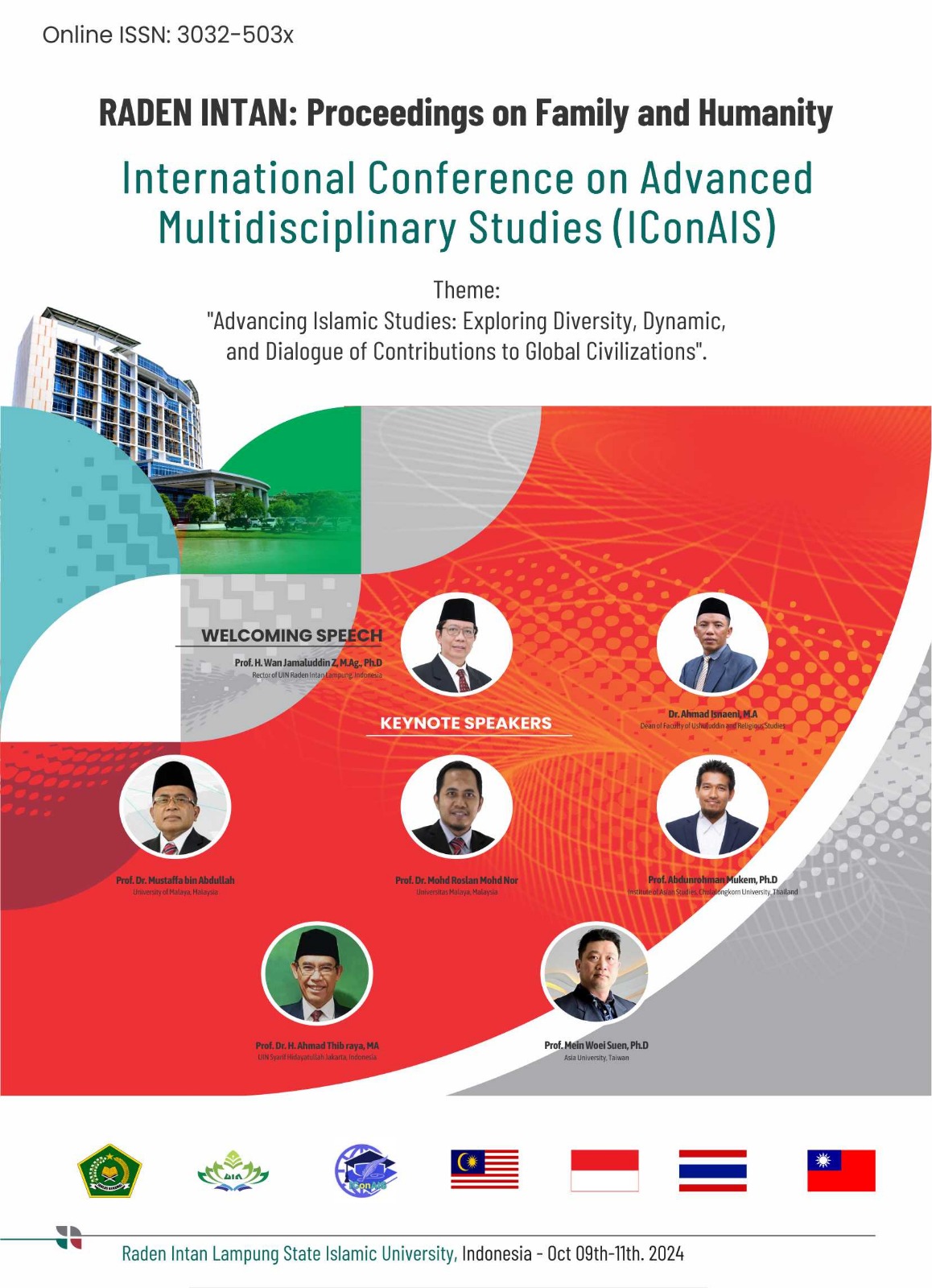Published 2025-07-30
Keywords
- Forest Waqf, Waqf Empowerment, Crisis
Copyright (c) 2025 Erina Pane, Asriani, Faisal, Khairuddin (Author)

This work is licensed under a Creative Commons Attribution 4.0 International License.
Abstract
Forest waqf represents a new paradigm in natural resource utilization that is sustainable and holistic. The concept involves allocating part or all of forest land for public charitable purposes, with a primary focus on environmental conservation, community empowerment and ecological sustainability. Forest waqf carries both spiritual and humanitarian values, signaling the deep interconnection between humans and nature. Within a clear legal framework, forest waqf can be a model of sustainability that integrates ecological, economic, and social aspects. By emphasizing the importance of environmental preservation, contribution to climate change, and empowerment of local communities, forest waqf becomes a relevant instrument in addressing the global environmental crisis. This conclusion highlights the potential of forest waqf as a sustainable solution by engaging the government, communities, and related parties to support and implement this concept in an effort towards a sustainable future.
References
- Abdelzaher, D. M., Martynov, A., & Zaher, A. M. A. (2020). Vulnerability to climate change: Are innovative countries in a better position? Research in International Business and Finance, 51, 101098.
- Anderegg, W. R. L., Trugman, A. T., Badgley, G., Anderson, C. M., Bartuska, A., Ciais, P., Cullenward, D., Field, C. B., Freeman, J., & Goetz, S. J. (2020). Climate-driven risks to the climate mitigation potential of forests. Science,368 (6497), eaaz7005.
- Change, I. C. (2014). Mitigation of climate change. Contribution of Working Group III to the Fifth Assessment Report of the Intergovernmental Panel on Climate Change, 1454, 147.
- Dai, H., Mamkhezri, J., Arshed, N., Javaid, A., Salem, S., & Khan, Y. A. (2022). Role of energy mix in determining climate change vulnerability in G7 countries. Sustainability, 14(4), 2161.
- Directorate of Waqf Empowerment of the Ministry of Religious Affairs. (2007). New Paradigm of Waqf,. Ministry of Religious Affairs of the Republic of Indonesia.
- Hallegatte, S. (2009). Strategies to adapt to an uncertain climate change. Global Environmental Change, 19(2), 240–247.
- Kim, G., Kim, J., Ko, Y., Eyman, O. T. G., Chowdhury, S., Adiwal, J., Lee, W., & Son, Y. (2021). How do nature-based solutions improve environmental and socio-economic resilience to achieve the sustainable development goals? Reforestation and afforestation cases from the republic of korea. Sustainability, 13(21), 12171.
- Mitchard, E. T. A. (2018). The tropical forest carbon cycle and climate change. Nature, 559(7715), 527–534.
- Payn, T., Carnus, J.-M., Freer-Smith, P., Kimberley, M., Kollert, W., Liu, S., Orazio, C., Rodriguez, L., Silva, L. N., & Wingfield, M. J. (2015). Changes in planted forests and future global implications. Forest Ecology and Management, 352, 57–67.
- RI, H. K. (2020). Environmental Preservation through Waqf Forest. Indonesian Waqf Board. https://www.bwi.go.id/5427/2020/08/31/kementrian-agama-dukung-pelestarian-lingkungan-hidup-melalui-program-hutan-wakaf/
- Smith, J. B., Schellnhuber, H.-J., Mirza, M. M. Q., Fankhauser, S., Leemans, R., Erda, L., Ogallo, L., Pittock, B., Richels, R., & Rosenzweig, C. (2001). Vulnerability to climate change and reasons for concern: a synthesis. Climate Change., 913–967.
- Sup, D. F. A. (2021). The relevance of the concept of waqf forest to the concept of waqf in Islam. Islamic Economics Journal, 7(1), 56–63.
- https://science.sciencemag.org/content/sci/368/6497/eaaz7005.full.pdf. doi: 10.1126/ science.aaz7005
- https://khazanah.republika.co.id/berita/s4xpbi451/selama-tiga-tahun-hutan-wakaf-terus-berkembang
- https://www.balebandung.com/realisasi-wakaf-leuweung-sabilulungan-terkumpul-dana-rp400-juta/

